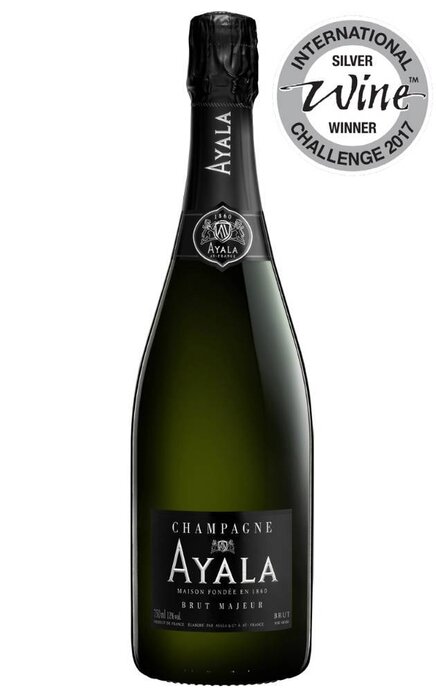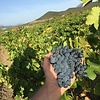Wine 101 - Chardonnay

Wine 101 - Chardonnay
Chardonnay can have a bad rep, with people immediately dismissing it, me included, (without knowing quite why…). So what have I learnt? With Burgundian roots (tracing back to the village of Maconnais), Chardonnay is today produced all over the world. The fruit character of Chardonnay is rarely very pronounced, meaning that other characteristics such as wine making techniques and vineyard character contribute more to the final taste. It’s versatility in a range of climates make it an interesting wine, with different flavours coming through depending on where this wine is made and who has made it.
If grown in a cool climate, such as Champagne or Burgundy, Chardonnay wines are medium to light in body - or, how they feel in your mouth. Body is one of those winey terms; to me (as a geographer) it seems to just mean the viscosity of the wine when you drink it. Acidity decreases as grapes ripen and the sugar content increases; cooler night time temperatures, colder weather or a shorter growing season result in Chardonnay’s with high acidity. You can expect apple notes when tasting this. James would recommend Ayala Brut Majeur which is predominantly Chardonnay (from Champagne) as a really great example of this, so if these flavours sound up your street, give it a go!
As temperature increases, you can expect a more citrus flavour, with Chardonnay produced in hotter still regions having notes of melon, peach and banana. These wines are full bodied, low in acidity and high in alcohol volume.
A number of processes are common with Chardonnay; malolactic fermentation being one. This is something which you may hear spoken about in regards to most red wines and some whites, such as Chardonnay and Viognier. This converts tart tasting, naturally occuring malic acid into lactic acid and it is this that gives a much creamier and buttery taste to wine. Think Granny Smith apple to Gold Top milk.
Lees stirring is also common, to add complexity and body to the wine. Lees are the leftover yeast particles after fermentation, they collect at the bottom of a fermentation vessel, and thus stirring the wine moves the lees throughout it. Having gone to visit James in South Africa when he was an assistant winemaker, I’ve seen this in progress.
Finally, Chardonnays are often oaked, this gives tannins and a rich, toasty, nutty flavour; tannin, a word that you will often hear, but do you know what it actually means? I didn’t! Tannin is naturally occurring and comes from the skins, pips and stems of wine grapes. Tannin is normally higher in red wines, as the juice has longer contact with the grape’s skin, thus to add the bitterness needed to balance a Chardonnay, wood tannins are added through oaking the wine. This means putting the wine into wooden barrels and letting the wood tannins dissolve into the wine through this contact. A great example of an oaked Chardonnay is Vondeling Chardonnay 2016.
Now I feel like an expert in Chardonnay, and hopefully you know a little more about it too. Have a try of some of our Chardonnay’s and see what you think, let me know!
- Ellie




